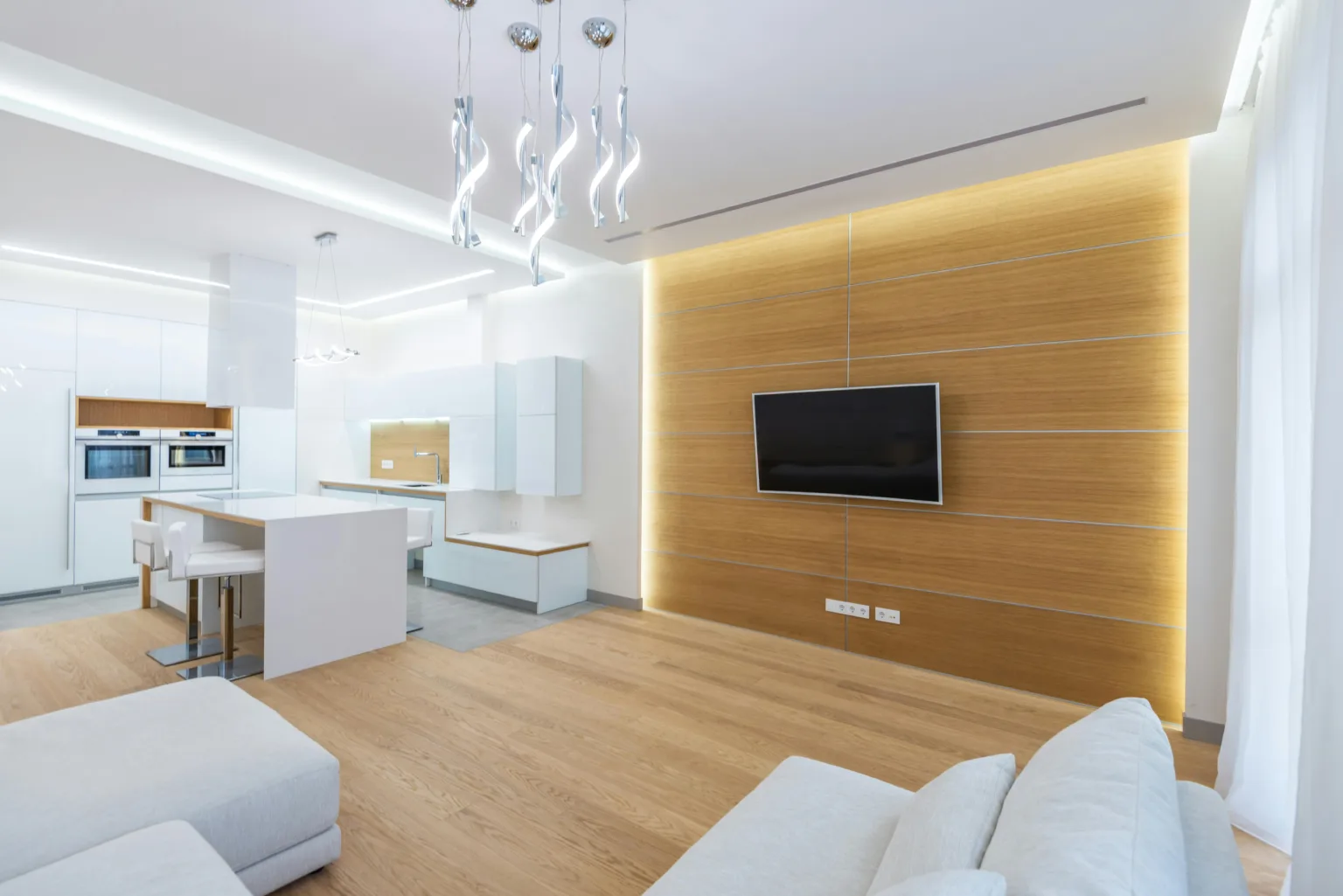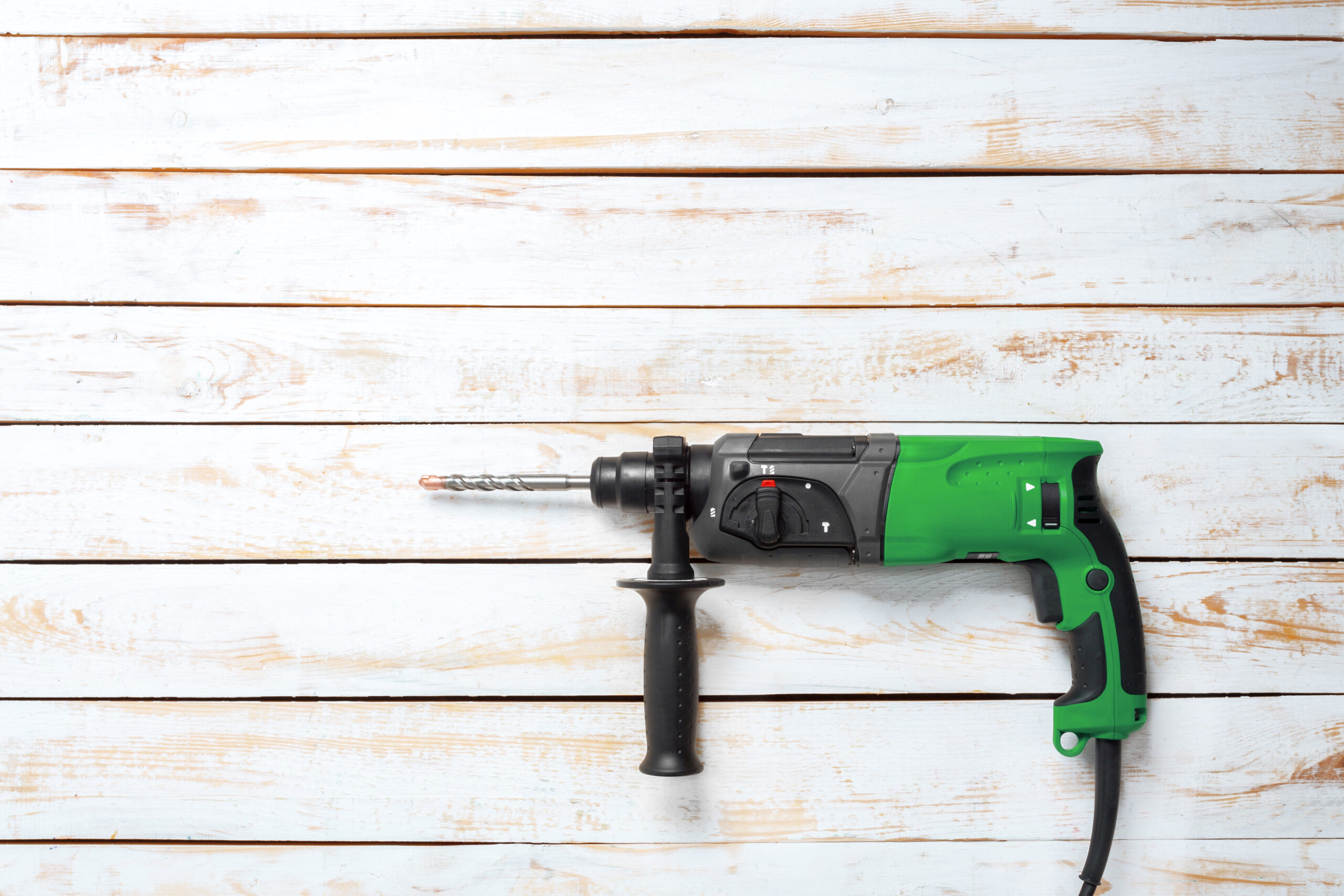Good lighting shapes how a home looks, feels, and functions. It’s not just about brightness—it’s about setting the right mood for each space while keeping energy use in check
The right mix of ambient, task, and accent lighting can make rooms feel warm, spacious, and inviting, while modern LED and smart solutions help you stay efficient. With the right plan, you can create a home lighting setup that’s both functional and full of character.
This article is your complete guide to home lighting, exploring everything from ideal colour temperatures for each room to effective layering techniques, smart lighting solutions, energy-saving tips, and more.
So, let’s get started.
Understanding LED Lighting Technology
LED stands for Light Emitting Diode. Unlike old-fashioned bulbs that waste energy by heating a filament, LEDs work by converting electricity straight into light. This clever design is what makes them so efficient, long-lasting, and safe to use around the home.
Key performance terms to know:
Lumens (lm) — actual light output (what matters for brightness).
Lumen efficacy (lm/W) — lumens per watt; higher = more efficient.
Colour temperature (CCT, in K) — warm to cool (2700K warm, 6500K daylight). For more information on the best colour temperatures for your home, check out our article on the best LED light colours to sleep with.
CRI (Colour Rendering Index) — how naturally colours appear under the light; 80+ is good for homes, 90+ for colour-critical tasks.
Beam angle — how widely the light spreads; narrow for spotlights, wide for general lighting.
Lumen maintenance (L70) — a specification showing how long a lamp keeps most of its output (e.g., L70 at 30,000 hours).
What affects lifetime and reliability
LEDs don’t typically “burn out” like old bulbs; they gradually dim. Two main factors determine real-world lifetime: driver quality and thermal management. Cheap bulbs often fail early because of poor drivers or inadequate heat dissipation. Also check for certifications and ratings (IP for damp/outdoor use, safety marks, Energy Star / DLC where relevant).
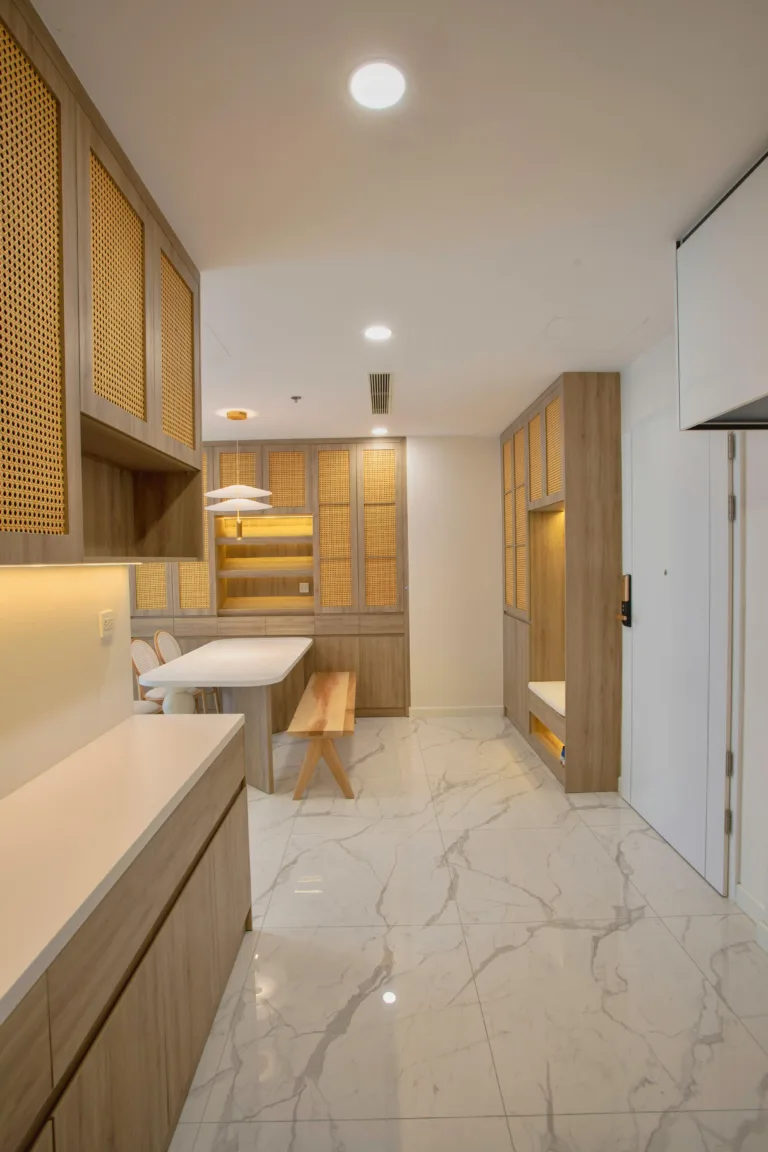
How to Plan Your Home Lighting Layout
Creating the right home lighting layout goes beyond a single ceiling bulb. A good scheme balances function with atmosphere, making each room both practical and inviting. The key is to consider how you use the space, then layer lighting — ambient, task, and accent — to suit those needs.
Step 1: Assess Each Room’s Purpose
Each room has different demands. Kitchens need bright, clear light, while bedrooms work best with softer tones for relaxation. Ask yourself: What happens here most often? Cooking, working, reading, or entertaining? Your answer guides brightness, colour temperature, and fixture type.
Step 2: Start with Ambient Lighting
Ambient (general) lighting is the foundation. Use ceiling pendants, recessed downlights, or evenly spaced LED panels to create a comfortable brightness level without harshness.
Step 3: Add Task Lighting
Layer in focused lights for activities. Under-cabinet LEDs suit food prep, monitor light bars work at desks, and bedside lamps are ideal for reading. Task lighting should be bright enough to reduce strain but positioned to avoid glare.
Step 4: Use Accent Lighting
Accent lighting highlights features like artwork, shelves, or textured walls. LED strips, wall grazers, or spotlights add depth and atmosphere.
Step 5: Include Controls and Flexibility
A strong lighting layout also considers control. Dimmers, smart bulbs, and zoned circuits let you adapt light levels for different times or activities, improving comfort while saving energy.
Step 6: Balance Style with Efficiency
Keep efficiency in mind. LEDs offer long life, low heat, and reduced running costs. Choosing the right lumens and colour temperatures ensures your home stays both functional and eco-friendly.
Choosing the Right Lighting for Each Room
Lighting should be functional, atmospheric, and suited to the purpose of each space. The right setup doesn’t just brighten a room — it supports daily activities, sets the mood, and highlights key features.
Different rooms require different approaches: kitchens benefit from bright, clear light, while living rooms and bedrooms often work best with softer, layered lighting. The table below gives recommendations for brightness, colour temperature, and fixture types to help you plan effectively.
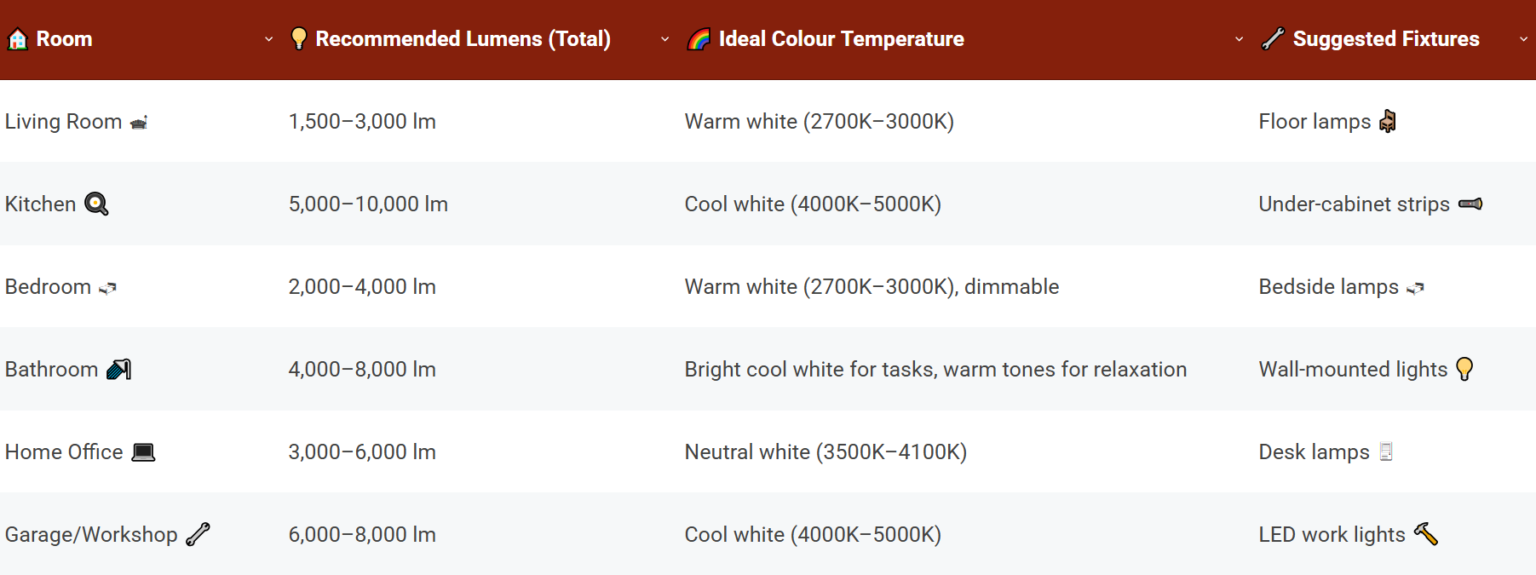
For garage/workshop lighting, check out our article on the Best LED Lights for Garage Workshop.
If you’re looking for home office lighting, you may want to take a look at our article on the Best Monitor Light Bar.
Layering Your Lighting
A well-lit room doesn’t rely on a single light source – it combines multiple layers that work together to create both functionality and atmosphere.
Ambient lighting provides the main overall illumination. This is the foundation of your lighting plan and usually comes from ceiling fixtures, chandeliers, or recessed downlights. It ensures the room is evenly lit, making it comfortable to navigate and use for general purposes.
Task lighting adds focused brightness to specific areas where activities like cooking, reading, studying, or working take place. This type of lighting should be positioned carefully to avoid shadows or glare. Examples include desk lamps, under-cabinet kitchen LEDs, and vanity lights in bathrooms.
Accent lighting is used to add visual interest, highlight architectural features, or showcase objects such as artwork, houseplants, or textured walls. Spotlights, picture lights, LED strips, or wall sconces can be used to create depth and focal points without overpowering the room.
When these layers are combined thoughtfully, they create a balanced environment that’s both functional and visually engaging. For example, in a kitchen, you might use recessed ceiling lighting for general brightness, under-cabinet LEDs to clearly illuminate food preparation areas, and pendant lights over the island to add style and a warm focal point. In a living room, you might pair an overhead ceiling light with floor lamps beside the sofa for reading, then add LED strips behind shelving to give the space a cosy, layered glow in the evenings.
If you’re looking for some accent lighting to layer with a main light source, you may want to take a look at our article on the Best Wall Grazing LED Strips UK.
Smart Lighting and Controls
Smart lighting systems let you control brightness, colour, and schedules directly from your phone, tablet, or voice assistant. They go beyond simple on/off switches, giving you the ability to fine-tune your home’s atmosphere, save energy, and add convenience to your daily routines.
Benefits of smart LEDs:
Remote control – Adjust your lighting from anywhere, whether you’re on the sofa, in another room, or even away from home.
Scheduling – Set lights to turn on or off at specific times, perfect for waking up gently in the morning, simulating occupancy while you’re away, or creating a consistent evening wind-down routine.
Colour control – Instantly change the mood with RGB colour options or tunable white LEDs that shift from warm, cosy tones to bright daylight for focused work.
Integration with sensors – Pair with motion detectors or ambient light sensors so lights only turn on when needed, increasing both efficiency and bulb lifespan.
Voice control – Use assistants like Alexa, Google Assistant, or Siri to switch lights on, dim them, or change colours without lifting a finger.
Popular systems include Philips Hue, LIFX, and Nanoleaf, which offer premium features and extensive customisation. However, there are also plenty of budget-friendly smart bulbs from brands like TP-Link Kasa or Wiz that work well for basic automation. Many can be mixed and matched, allowing you to upgrade your home lighting at your own pace without replacing everything at once.
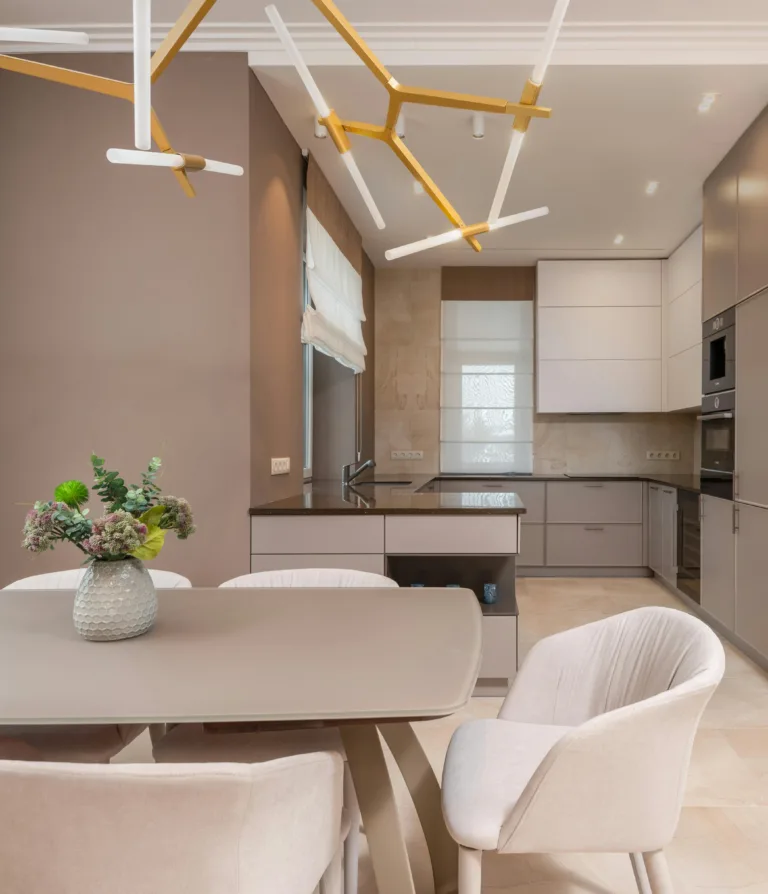
Decorative and Specialised Lighting
LEDs aren’t just functional — they can completely transform the look, feel, and mood of a space when used creatively. They’re available in a huge range of shapes, colours, and styles, making them suitable for both subtle enhancements and dramatic design statements.
LED strip lights – Perfect for adding a modern, ambient glow under shelves, behind TVs, along stairs, or even around mirrors. They’re flexible, easy to install, and can be colour-changing for extra versatility.
Pendant lights – Combine style and function by hanging over kitchen islands, dining tables, or reading corners. They provide both focused task lighting and gentle ambient light depending on the shade design and bulb choice.
Wall sconces – Excellent for hallways, bedrooms, or living rooms where you want soft, diffused lighting. They create a warm, inviting atmosphere and can also serve as decorative features in their own right.
Outdoor LEDs – From path lights and garden spotlights to string lights for patios, outdoor LEDs enhance safety while adding charm to exterior spaces. Many are weather-resistant and solar-powered, making them energy-efficient. Check out our article on the Best LED Floodlights if you’re looking for outdoor options.
Vintage-style filament LEDs – Bring a cosy, retro feel while still benefiting from modern LED efficiency. Great for statement fixtures, exposed bulb designs, or anywhere you want a warm, nostalgic glow.
By mixing and matching these specialised options, you can highlight architectural features, create focal points, and make your home lighting feel intentional rather than purely functional.
Energy Efficiency and Maintenance Tips
LEDs are already one of the most energy-efficient lighting choices, but with a little planning and proper care, you can make them even more effective. Beyond saving electricity, LEDs offer long lifespans, low heat output, and consistent brightness, making them both economical and convenient for every room in your home. By combining smart usage, the right fixtures, and simple maintenance, you can maximise savings while keeping your spaces well-lit and comfortable.
How to Maximise Efficiency
Dimmers and smart controls – Adjust brightness to suit activities and avoid unnecessary over-lighting, which saves energy and extends bulb life.
Motion sensors – Automatically turn lights on only when needed, ideal for hallways, bathrooms, or storage areas.
Right lumens – Choose bulb brightness that matches each room’s function; too bright wastes energy, too dim reduces comfort.
Certified bulbs – Look for Energy Star or equivalent certifications to ensure both efficiency and reliable quality.
Maintenance Tips
Clean regularly – Dust bulbs and fixtures to maintain maximum light output and prevent dimming.
Ensure ventilation – Well-ventilated fixtures help prevent overheating, which can shorten bulb lifespan.
Replace ageing bulbs – Swap out old or dimming LEDs to keep rooms consistently bright and energy-efficient.
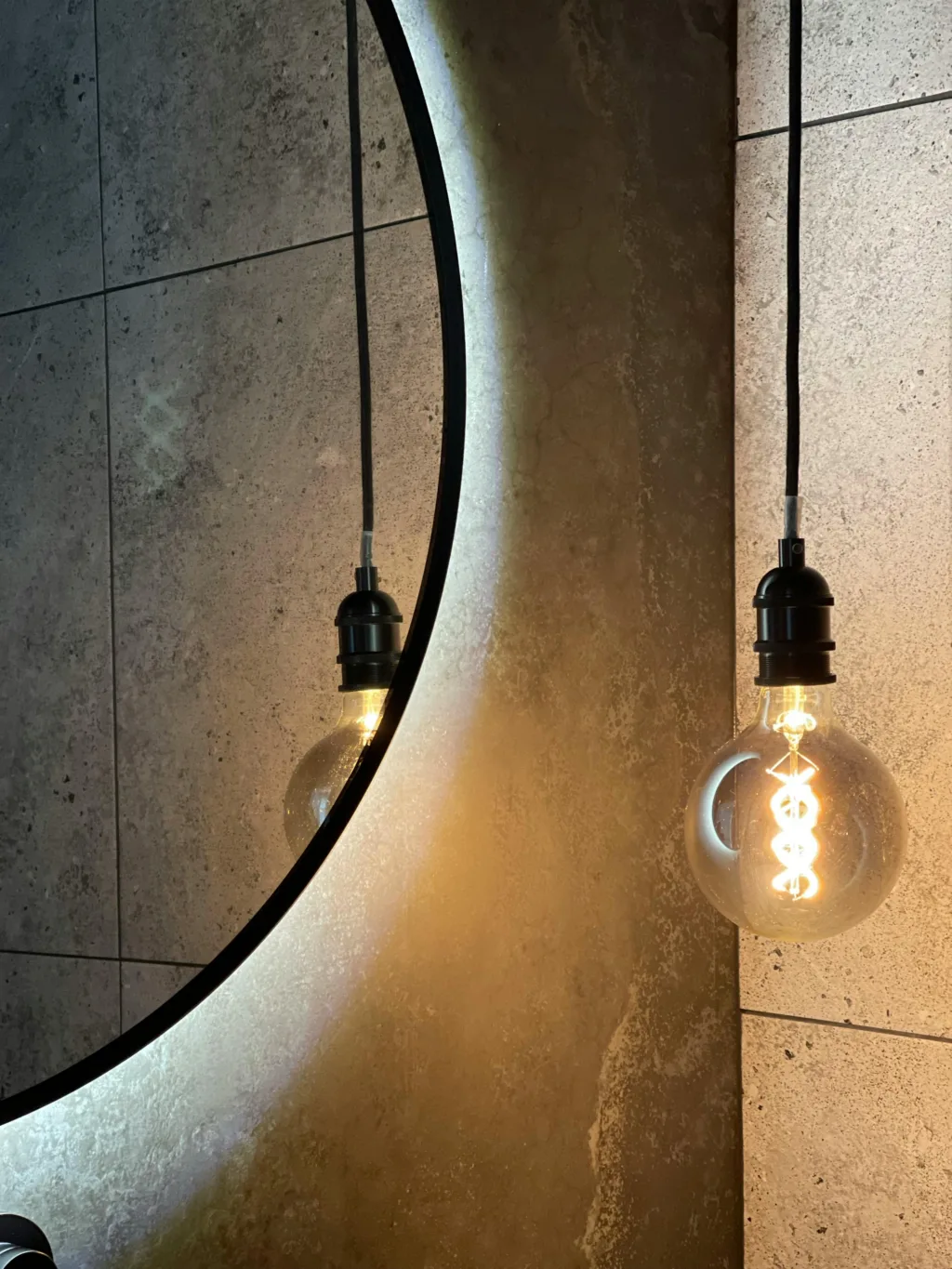
FAQs
A well-lit space usually combines three layers: ambient (general room lighting), task (focused lighting for activities), and accent (decorative or highlighting features). Balancing these layers creates a functional and inviting atmosphere.
LED lighting is the top choice for energy-efficient homes. They use up to 80% less electricity than traditional bulbs, last much longer, and produce very little heat. Pairing LEDs with dimmers, motion sensors, or timers maximises energy savings while providing versatile, effective lighting throughout your home.
Use dimmers and motion sensors, match bulb brightness to room needs, select certified LEDs, keep fixtures clean and ventilated, and replace ageing bulbs before they dim noticeably.
Thank you for reading our guide to home lighting setups.
If you want more information, check out our other articles on Lighting and Illumination.
Feel free to leave a comment below if you have any thoughts or queries that you’d like us to take a look at – we’d be happy to help.

